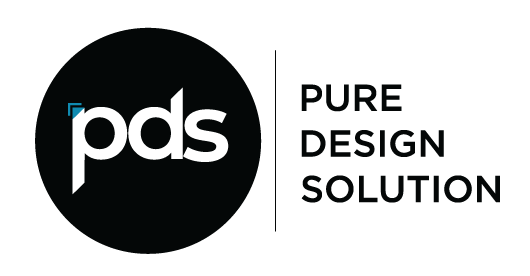Each day, more than 3 billion emails are sent across the globe. It’s no wonder because it is an easily accessible and inexpensive form of communication. So, you invest a lot in an email marketing campaign – you collect email addresses from willing subscribers or customers, create personalized content and send email campaigns. You do this with the hope that the message will land in your recipient’s inbox and capture the interest of your subscriber.
Unfortunately, it’s not that simple. ISPs have put filters in place to keep their subscribers’ inboxes as clean as possible, and rightfully so. Marketing emails often get moved into promotional folders or, even worse, get mistakenly flagged as spam. The average inbox placement rate has gone down dramatically – in 2019* it went from 95% to 83%. The key reason is that ISPs (Internet Service Providers) have made changes in their algorithms that classify emails as relevant, promotional or SPAM.
Let’s take a step back and explore what happens to your email when you hit “send” on your campaign and how to avoid pitfalls.
It Bounces
You send it to the subscriber, and it comes back to you. This usually happens when the domain that you are trying to reach doesn’t exist or you’ve been blocked. This is a Hard Bounce. For future campaigns, you should remove these email addresses from your list. Doing this will increase the deliverability of your future messages to other recipients. This is an important step that can help you build your “Sender Reputation” according to ISPs.
Strong Sender reputation=Higher Email deliverability Rate
Alternatively, your message might return to you as a Soft Bounce. This occurs if your email doesn’t reach the intended inbox because the mailbox is full, or your domain wasn’t authenticated by the user. You might still have a chance of success with this type of email contact in the future. It makes sense to keep soft bounce contacts on your list, in case they resolve in the future, but do so carefully.
It Lands in Spam
If your recipient’s email provider (Gmail, Outlook, Yahoo or others) thinks the content of your email is spam or that you are sending out too many emails, it can put your email in a spam folder. The subscriber can choose to remove you from the folder at their discretion. But until that happens your emails will keep landing there. To improve your chances of avoiding the spam folder, take appropriate steps to build your “Sender Reputation,” by following rules and regulations around email marketing as well as creating ISP-friendly messaging.
It Reaches the Inbox or Promotions Folder
If your message is able to pass the safeguards of your recipient’s inbox it will land in their “Primary Inbox” folder or “Promotions” folder. Either one of them is a good place to be. While landing in “Primary” is ideal, “Promotions” is still pretty good – it suggests that users can trust your content, unlike spam. Both an Inbox and Promotions landing location increases the probability of the user responding to your email.
When proper steps are taken, success in email marketing is a lot higher than any other form of digital marketing.
Because email providers are acting as gatekeepers by tightening their algorithms, sorting emails, and blocking phishing emails and spam look-alikes, marketers need to take the time to follow best practices to maximize email deliverability. These include complying with regulations, authenticating your domain, and using double opt-in to sign up users.
Please connect with me if you have questions or want help navigating the deliverability of your email campaign. I’m here to help.

